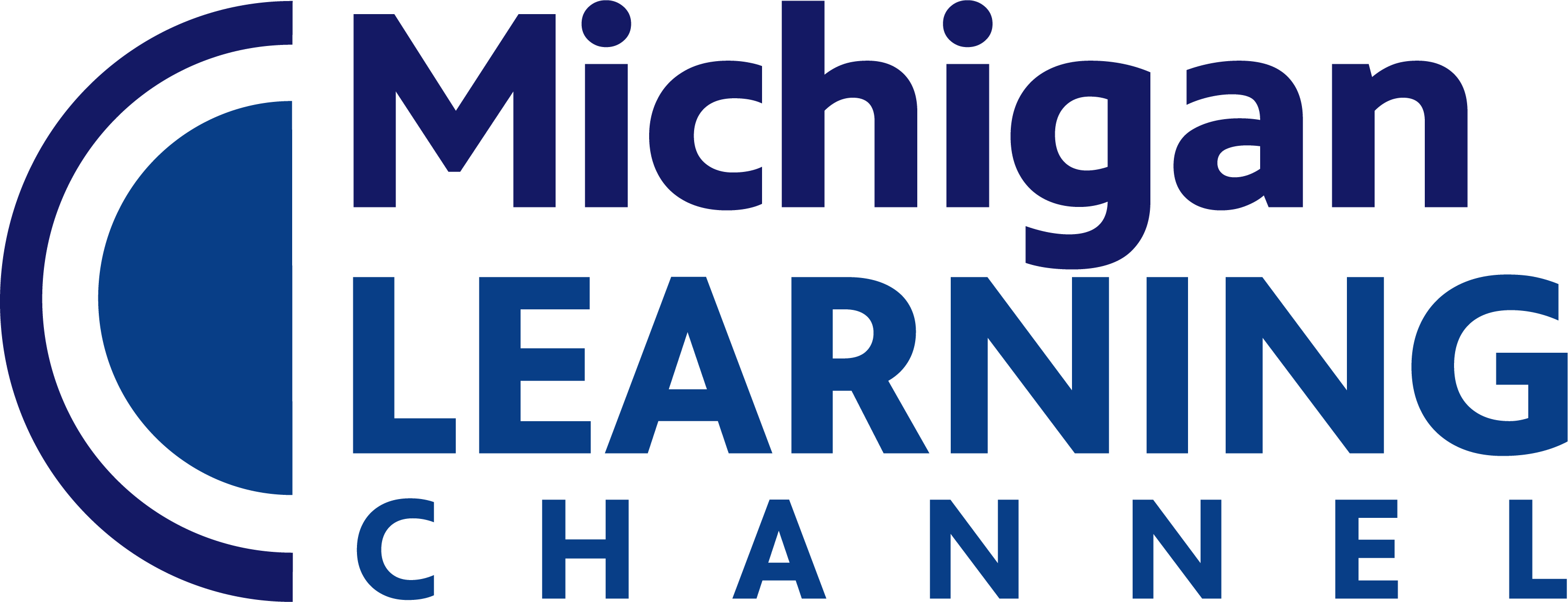Grades
Standard
Recognize, describe and analyze, and evaluate how art contributes to and reflects all societies and cultures.
Articulate an understanding of the historical, social, and cultural contexts of artwork with aesthetic sophistication.
Effectively decode and interpret artwork to discern between prejudice and tolerance, bias and fact.
Effectively recognize and describe personal, family, and community connections with artworks.
Effectively analyze and compare the characteristics of work in two or more art forms that are dissimilar in subject matter, [...]
Effectively demonstrate an understanding of their place in the visual world and develop an appreciation of how they are part [...]
Effectively analyze and describe ways in which the principles and subject matter of other disciplines taught in school are interrelated [...]
Demonstrate appropriate skeletal alignment, body-part articulation, strength, flexibility, agility, and coordination in locomotor and non-locomotor/axial movements.
Identify and demonstrate longer and more complex steps and patterns from two different dance styles/traditions.
Demonstrate the ability to remember and perform extended movement sequences.
Create and erform combinations and variations in a broad dynamic range.
Demonstrate a basic knowledge of American theatre history which may include the study of African, Asian, Native and Latin American, [...]
Analyze the ways in which many cultures have used theatre to create social change.
Analyze and critique a wide variety of professions relating to theatre and the viability of a career in this field.
Debate and demonstrate through script writing or performance how politics and culture affects theatrical productions and styles.
Analyze the motives behind the feelings and emotions of characters on stage on one's own personal experiences.
Analyze and critique the integrated nature of the arts in recorded or live theatre performances.
Make artistic choices based on personal responses to varied theatrical and artistic events.
Apply understanding of the varying qualities of materials, techniques, media technology, and processes to the selection of appropriate tools and [...]
Appropriately apply the concept of proper use of art materials and using tools safely and responsibly.
Select and apply visual characteristics and organizational principles to communicate effectively when designing and solving creative problems.
Effectively use reflective thinking skills to observe, analyze, and critically evaluate works of art for the purpose of improving technical [...]
Effectively produce and exhibit a final product that demonstrates quality craftsmanship and technique.
Effectively develop and apply critical thinking strategies through the art making process.
Effectively collaborate, communicate, and work with others to create new ideas.
Consistently demonstrate reflective thinking practices when identifying, designing, and solving creative problems.
Make knowledgeable choices about materials, techniques, media technology, organizational principles, and processes to effectively articulate ideas and communicate intended meaning.
Apply preliminaries, possibilities, and drafts in the creative problem solving process.
Compare, in several cultures of the world, functions music serves, roles of musicians, and conditions under which music is typically [...]
Compare how the characteristic materials of each art can be used to transform similar events, scenes, emotions, or ideas into [...]
Analyze ways in which music is related to the principles and subject matter of other disciplines.
Serve as leader to utilize effective communication, organizational, and critical skills to facilitate a successful rehearsal.
Apply the unique characterizations of the dramatic script such as dramatic action and dialogue.
Create monologues, dialogues, and short plays in response to real life conflict.
Understand and practice the role of the designer and technical elements in the theatre process.
Study a play or story, and visualize, draw, and create a simple theatrical environment for it.
Construct meaning from dramatic elements, theme, and patterns to make technical decisions.
Articulate how artistic choices support the creation and portrayal of characters and their stories.
Grades
Standard
Recognize, describe and analyze, and evaluate how art contributes to and reflects all societies and cultures.
Articulate an understanding of the historical, social, and cultural contexts of artwork with aesthetic sophistication.
Effectively decode and interpret artwork to discern between prejudice and tolerance, bias and fact.
Effectively recognize and describe personal, family, and community connections with artworks.
Effectively analyze and compare the characteristics of work in two or more art forms that are dissimilar in subject matter, [...]
Effectively demonstrate an understanding of their place in the visual world and develop an appreciation of how they are part [...]
Effectively analyze and describe ways in which the principles and subject matter of other disciplines taught in school are interrelated [...]
Demonstrate appropriate skeletal alignment, body-part articulation, strength, flexibility, agility, and coordination in locomotor and non-locomotor/axial movements.
Identify and demonstrate longer and more complex steps and patterns from two different dance styles/traditions.
Demonstrate the ability to remember and perform extended movement sequences.
Create and erform combinations and variations in a broad dynamic range.
Demonstrate a basic knowledge of American theatre history which may include the study of African, Asian, Native and Latin American, [...]
Analyze the ways in which many cultures have used theatre to create social change.
Analyze and critique a wide variety of professions relating to theatre and the viability of a career in this field.
Debate and demonstrate through script writing or performance how politics and culture affects theatrical productions and styles.
Analyze the motives behind the feelings and emotions of characters on stage on one's own personal experiences.
Analyze and critique the integrated nature of the arts in recorded or live theatre performances.
Make artistic choices based on personal responses to varied theatrical and artistic events.
Apply understanding of the varying qualities of materials, techniques, media technology, and processes to the selection of appropriate tools and [...]
Appropriately apply the concept of proper use of art materials and using tools safely and responsibly.
Select and apply visual characteristics and organizational principles to communicate effectively when designing and solving creative problems.
Effectively use reflective thinking skills to observe, analyze, and critically evaluate works of art for the purpose of improving technical [...]
Effectively produce and exhibit a final product that demonstrates quality craftsmanship and technique.
Effectively develop and apply critical thinking strategies through the art making process.
Effectively collaborate, communicate, and work with others to create new ideas.
Consistently demonstrate reflective thinking practices when identifying, designing, and solving creative problems.
Make knowledgeable choices about materials, techniques, media technology, organizational principles, and processes to effectively articulate ideas and communicate intended meaning.
Apply preliminaries, possibilities, and drafts in the creative problem solving process.
Compare, in several cultures of the world, functions music serves, roles of musicians, and conditions under which music is typically [...]
Compare how the characteristic materials of each art can be used to transform similar events, scenes, emotions, or ideas into [...]
Analyze ways in which music is related to the principles and subject matter of other disciplines.
Serve as leader to utilize effective communication, organizational, and critical skills to facilitate a successful rehearsal.
Apply the unique characterizations of the dramatic script such as dramatic action and dialogue.
Create monologues, dialogues, and short plays in response to real life conflict.
Understand and practice the role of the designer and technical elements in the theatre process.
Study a play or story, and visualize, draw, and create a simple theatrical environment for it.
Construct meaning from dramatic elements, theme, and patterns to make technical decisions.
Articulate how artistic choices support the creation and portrayal of characters and their stories.



